Six things we learned testing gravel bikes
Some lessons you’d probably expect, and some you definitely won’t
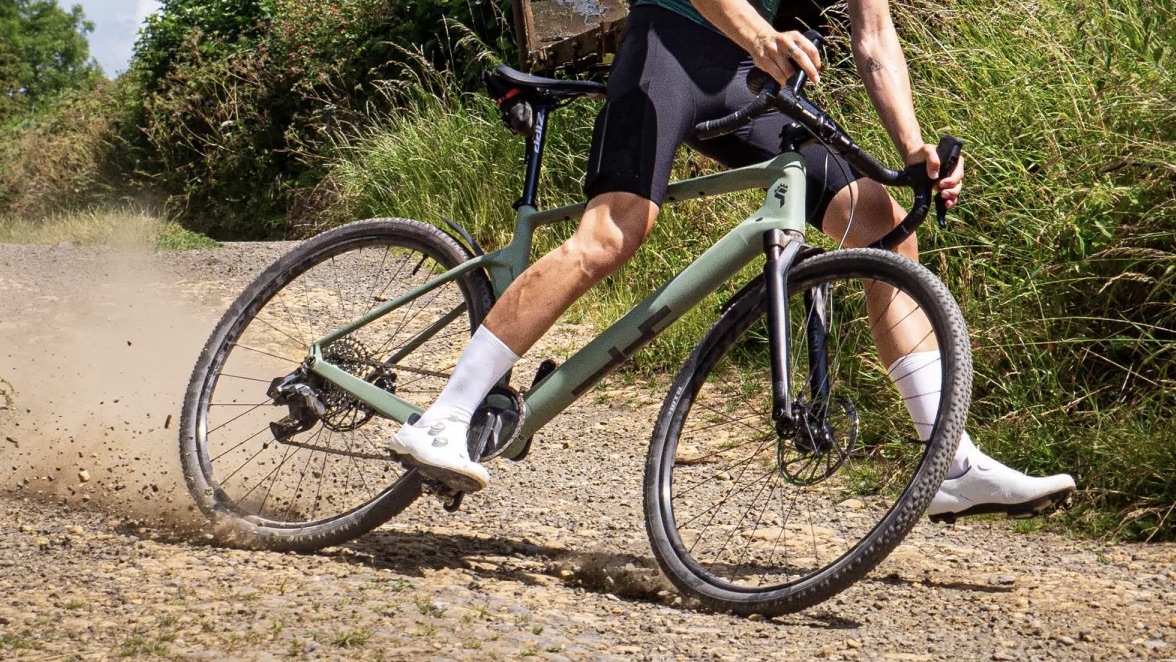
The apex of our recent Cyclingnews Awards was a pair of group tests, one for road bikes, and one for gravel bikes, the cohort for each comprising a slew of bikes under £4,000, or an equivalent dollar or euro value. We tested each bike on an identical course, including fast open gravel, road, steep techy climbs, and concurrent steeper descents. As well as helping us pick apart which bike we felt worthy of an award, we also collectively had some more general thoughts and learnings that apply to the gravel genre more generally.
Given we are, at heart, a consumer advice platform, it would be remiss of us not to share these findings with you, so that if you don’t fancy one of the bikes from our buyer’s guide to the best gravel bikes, you can at least make a more informed decision whatever you decide to purchase. Without further ado, then, what did we find after riding so many gravel bikes back to back?
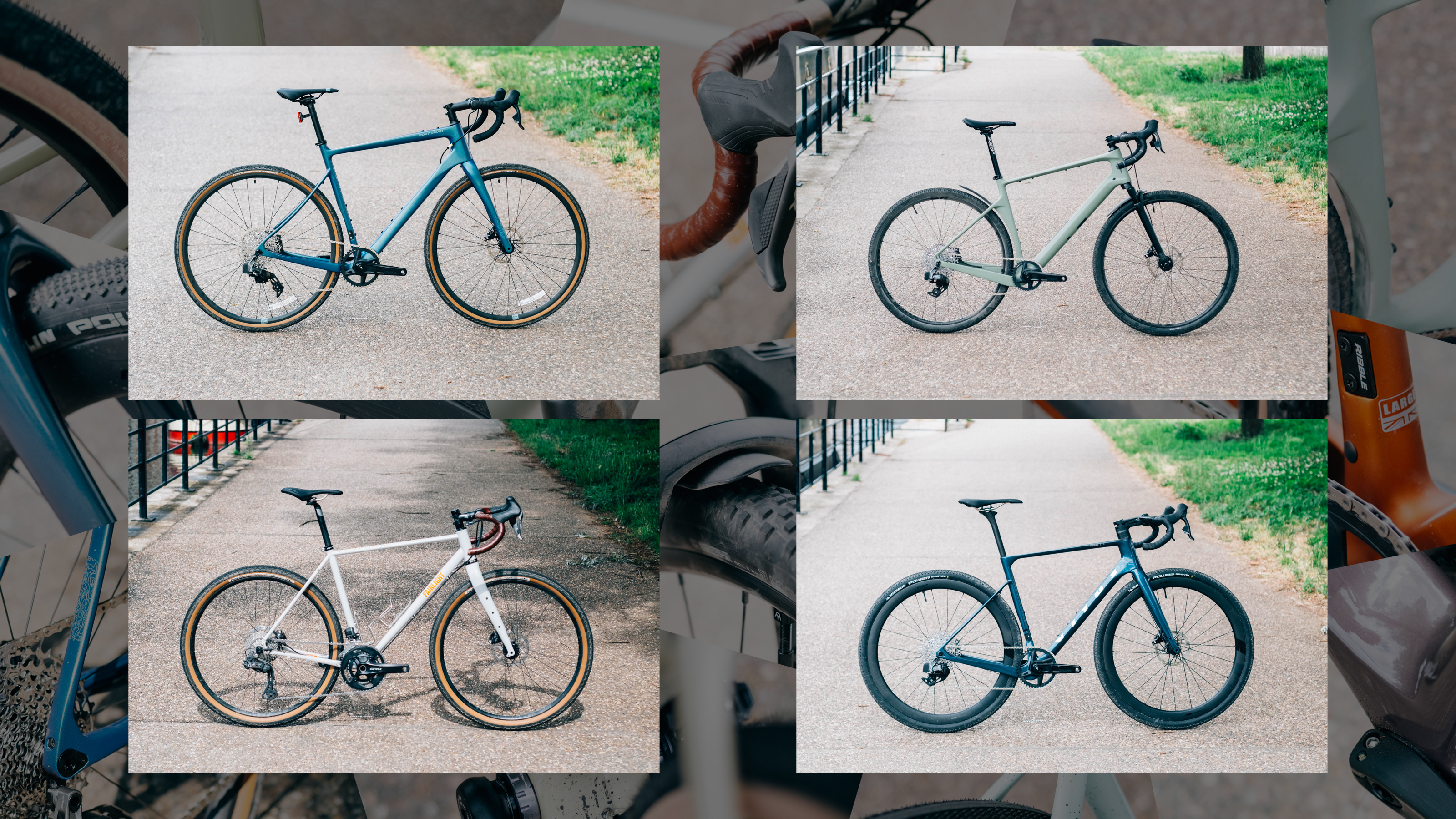
1. There is no 'best overall'
If you look at the road bike segment there is still diversity, but especially at the high-performance end things are coalescing around the concept of a single, do-everything race bike. Think the Specialized Tarmac SL7, the Canyon Ultimate, or the Cannondale SuperSix Evo. Yes, there are endurance road bikes and lightweight bikes designed to go uphill as fast as possible, but at their heart, each is designed to perform well on paved roads. The surface doesn’t change hugely, and the gradients all fit within a well-established series of parameters.
This is not the case with gravel bikes. At one end of the spectrum you have gravel race bikes, now with full aero packages like the Factor Ostro Gravel, designed to go as fast as possible on relatively tame gravel roads. At the other end of the proceedings, you have things like the YT Szepter, with radically slack geometry, suspension forks, and dropper post compatibility, designed to be more adjacent to a mountain bike in many ways than to a road bike.
The market is now absolutely awash with options catering for all needs. Race bikes, adventure bikes, all-road, road plus, free road, bikepacking, all-terrain bikes, and still just ‘gravel bikes’. With the backdrop of this consumer landscape, it didn't feel appropriate to award a ‘best overall’, as we concluded that such a thing was impossible. If the YT Szepter is more fun than the Vitus Venon is racy does that make it a better bike? No, that’s like saying with certainty that chalk is better than cheese; they can’t be compared in any rational sense, and so the only conclusions we could draw were to pick out bikes that excelled in certain segments over their peers.
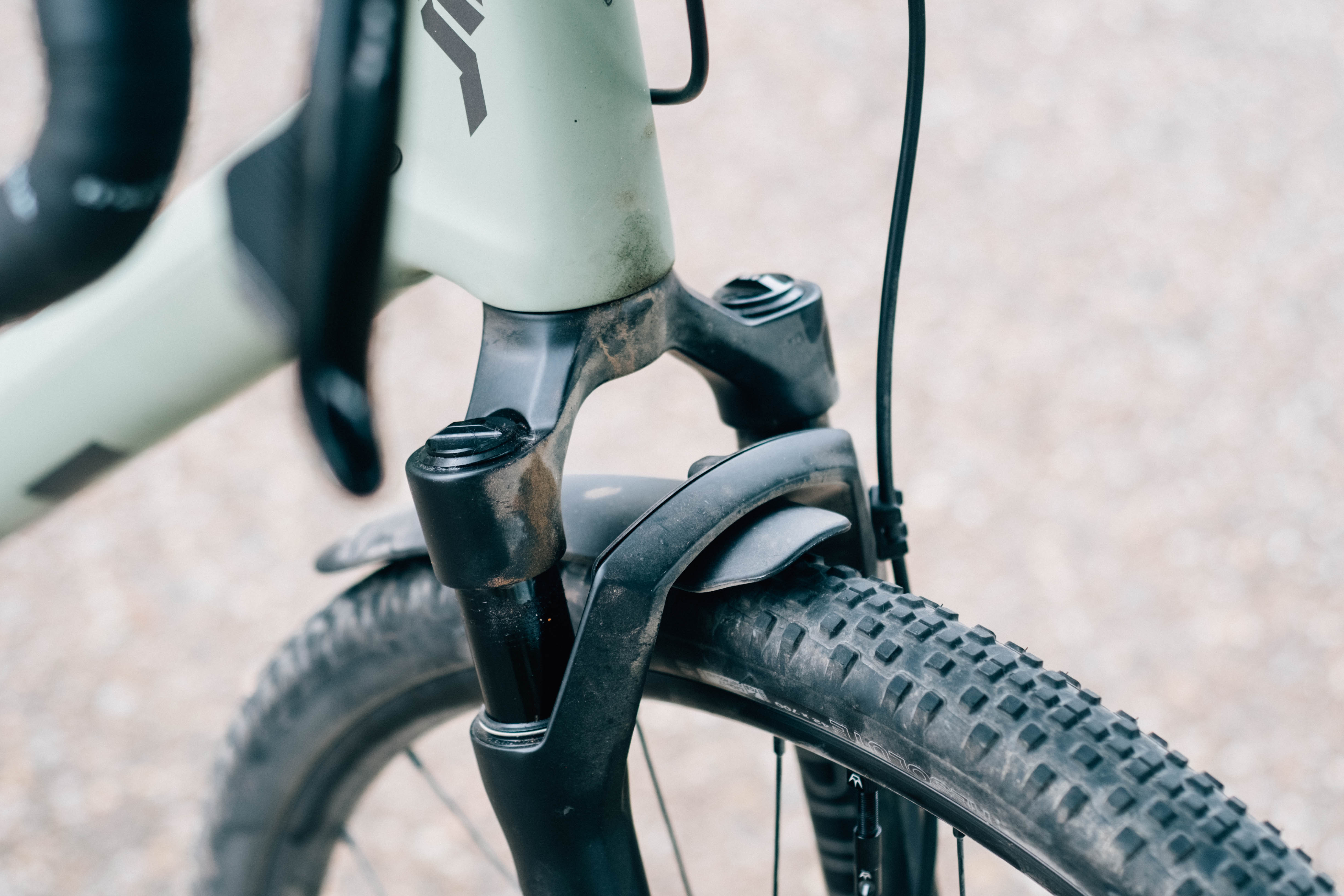
2. Middle ground is a bit... meh
Given the diversity of the gravel market now one clear takeaway we all found was that the bikes at the fringes of things were significantly more enjoyable than those that tried to be all things to all people. The Vitus Venon made us grin like Cheshire cats because it was fast, agile, light, and aero. The YT Szepter did likewise, but because it could handle things no other gravel bike on test could and made us feel like better riders.
The bikes in the middle of the genre though, the bikes that purport to be primed for race day in one marketing image and loaded with bikepacking bags in another tended to be just a bit underwhelming. In trying to be all things to all people they failed to be anything of note at all. They all, also, felt extremely similar.
Get The Leadout Newsletter
The latest race content, interviews, features, reviews and expert buying guides, direct to your inbox!
This isn’t to say that they don’t have a purpose. People need multi-purpose machines, as we aren’t all blessed with the ability to have a full suite of bikes for every occasion, but given the option of bikepacking on a race bike, or racing on a middle-ground machine we’d all pick the former without hesitation. The exception to this rule was the Fairlight Secan, which, despite being the most versatile of the bunch, is based around a chassis with very road-like geometry, which meant it felt lively despite its utilitarian trappings.
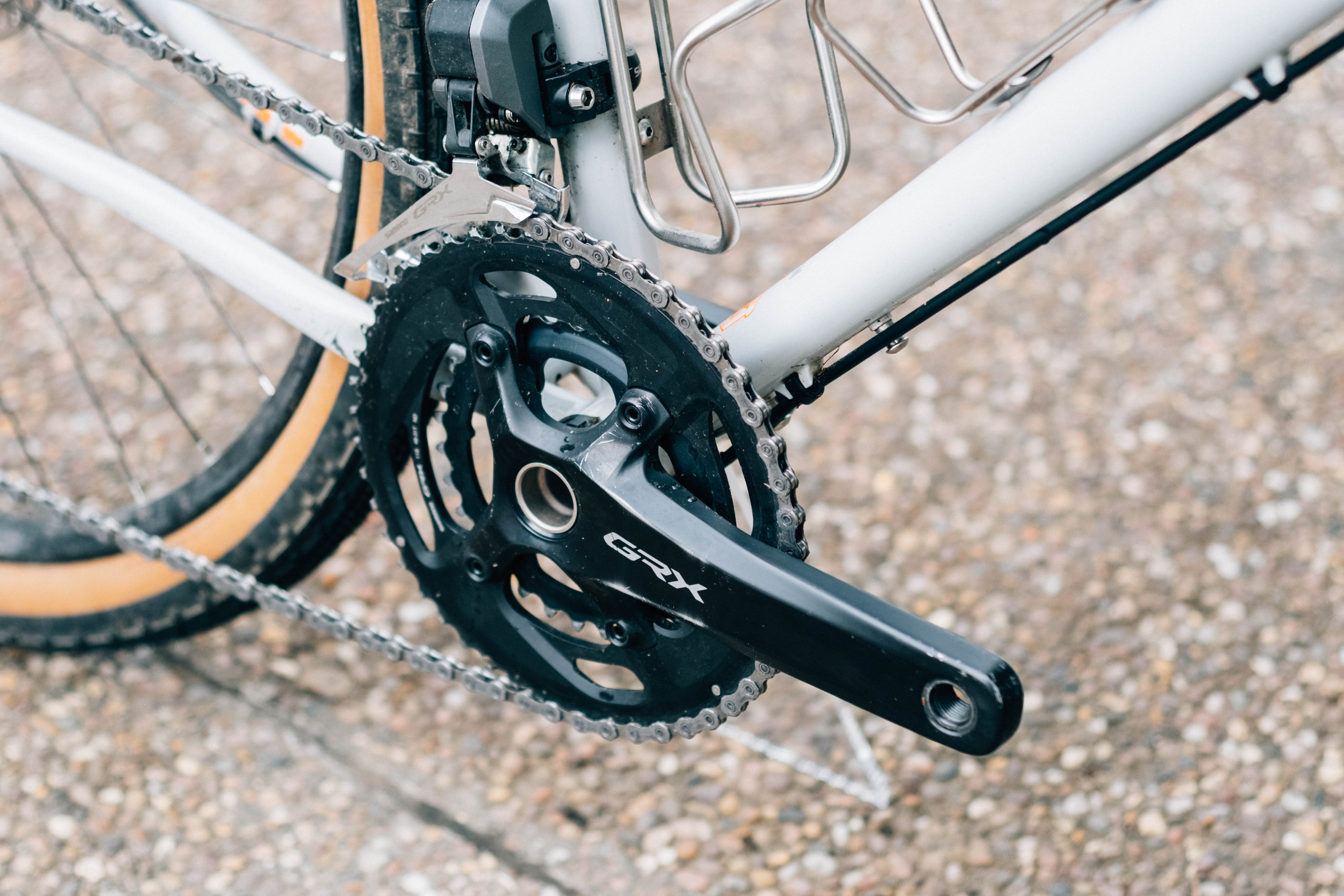
3. GRX Di2 is lovely
Sram equipped bikes dominated the test fleet, and this is no bad thing in our eyes. Electronic shifting makes even more sense off road than it does on tarmac as it keeps things more reliable when absolutely covered in grot, grit, grime, mud, and muck. While there’s nothing inherently wrong with the Sram groupsets, we all found Shimano GRX Di2 to be the absolute top tier, though it was only equipped on one bike.
The braking is superior to that which you get with Sram, and the ergonomics of the hoods are perhaps the best of drop bar groupset, road or gravel. Both of these features exist on the cable actuated version of GRX, which is also very good in itself, but the shifting on the electronic version is the best of the bunch too. It’s near faultless, and flies the flag for 2x valiantly in an increasingly 1x dominated space.
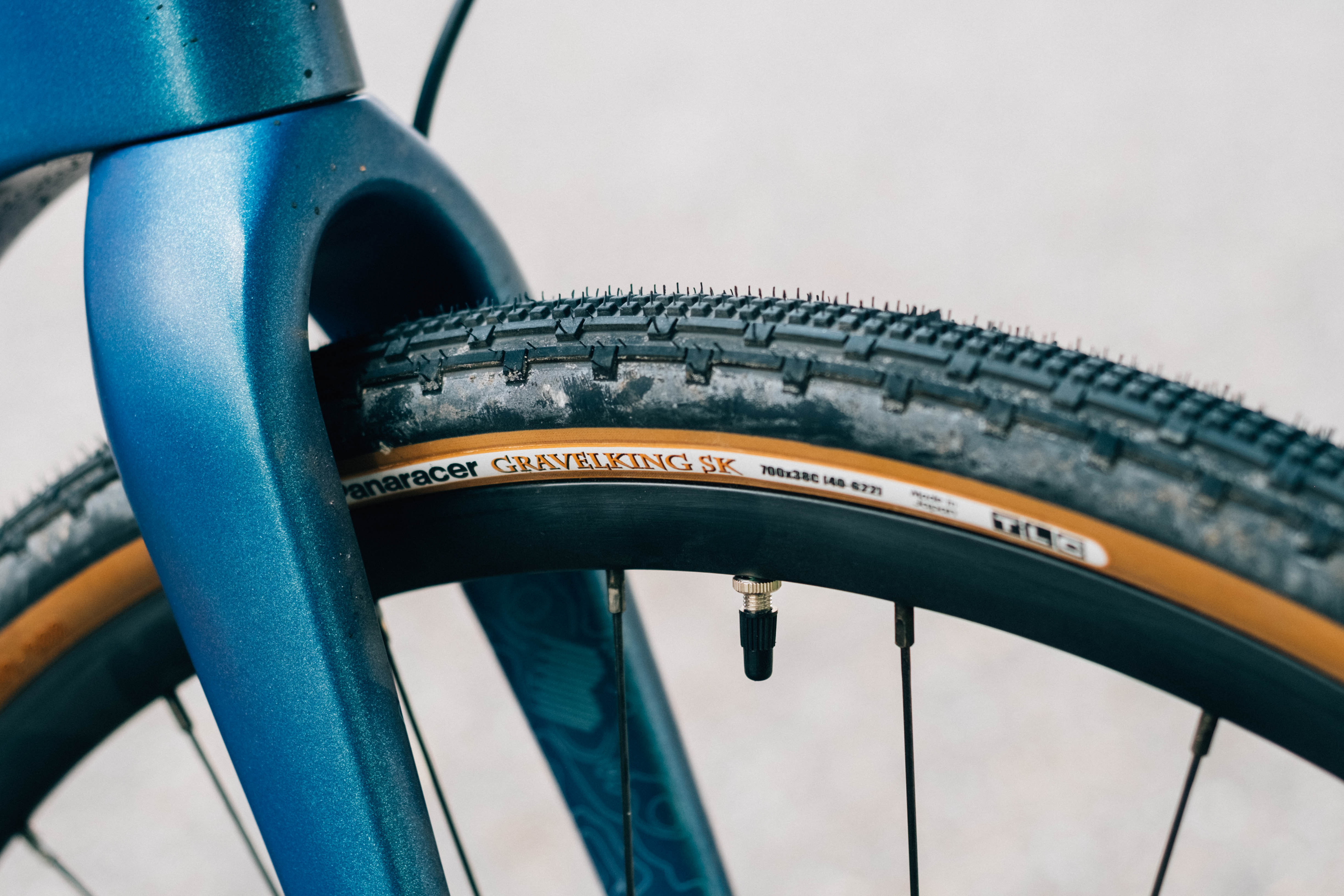
4. Don't base any decisions on tyres
While road tyres can be an absolute letdown on a bike, which is annoying as they are all designed to be used on tarmac, gravel tyres are much more surface and season specific. You may find a bike that’s ideal for you, but the tyres are designed for fast fire roads rather than intermittent loam; ignore them, and just factor in a tyre swap.
Much more so than on the road we were forgiving of underwhelming tyres, as we felt it’s much more expected to swap them out early on to suit your local riding or the changing of the seasons. Yes, gravel tyres are expensive, but the best gravel tyres can have a truly transformative effect on your riding, so it’s worth factoring in a pair of your ideal tyres into the initial purchase cost.
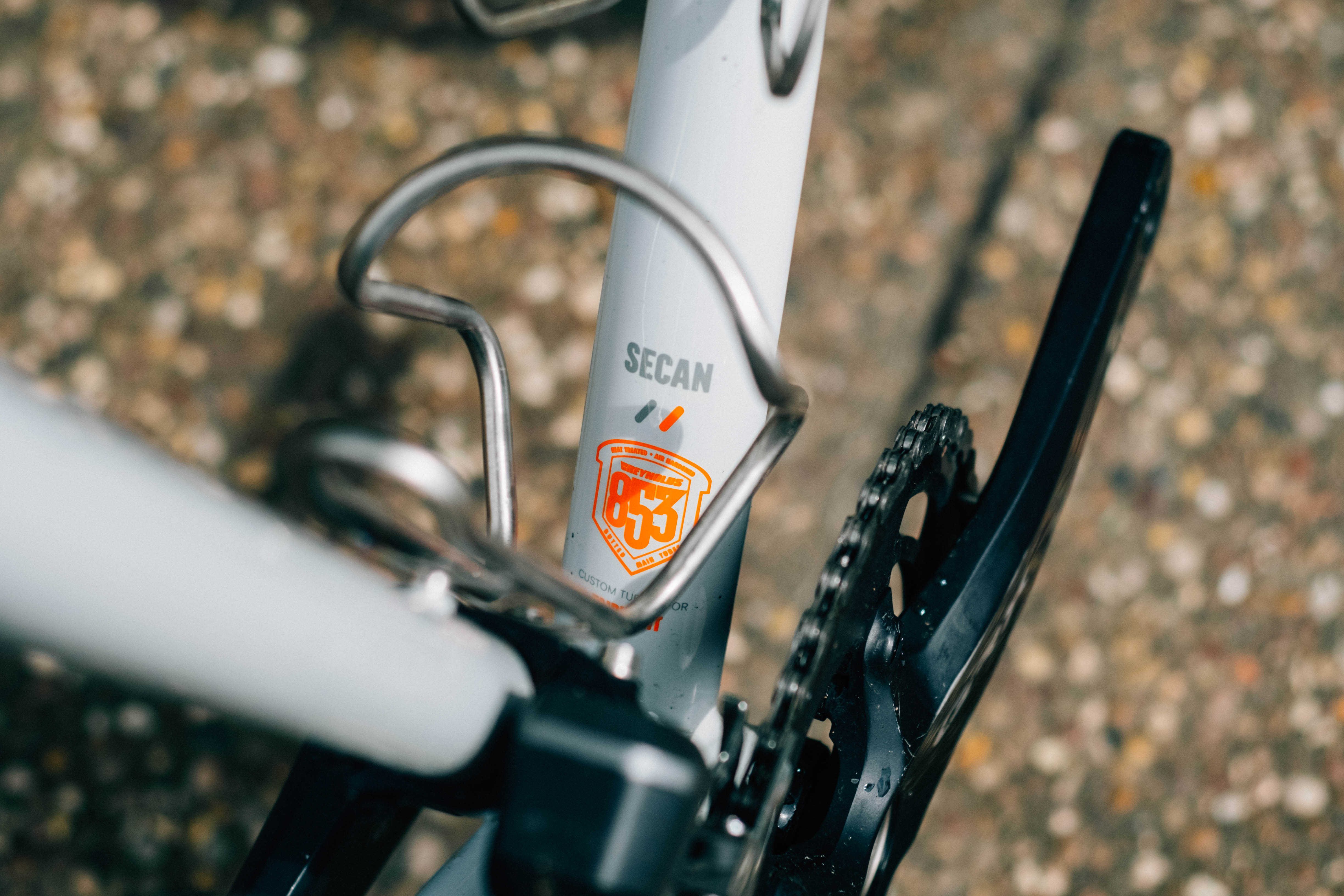
5. Frame material is the least important factor
On test we had carbon, aluminium, and steel framed bikes. Getting a titanium bike under four grand is tricky, so that material didn't feature, but the general theme rings true nonetheless. The weight difference between the lightest and heaviest bikes was noticeable, but not gargantuan. Steel doesn’t necessarily make a bike good or bad any more than carbon does, and while there are certainly trends (carbon bikes are lighter etc.) the execution of the whole is more important to the overall experience than the frame material.
We’d all take good steel over bad carbon, good aluminium over bad steel, and good carbon over bad aluminium. Find a bike that fits your needs, and if there are multiple options then you can start considering materials, but don’t discount great swathes of the market immediately as you may miss out on your perfect machine.
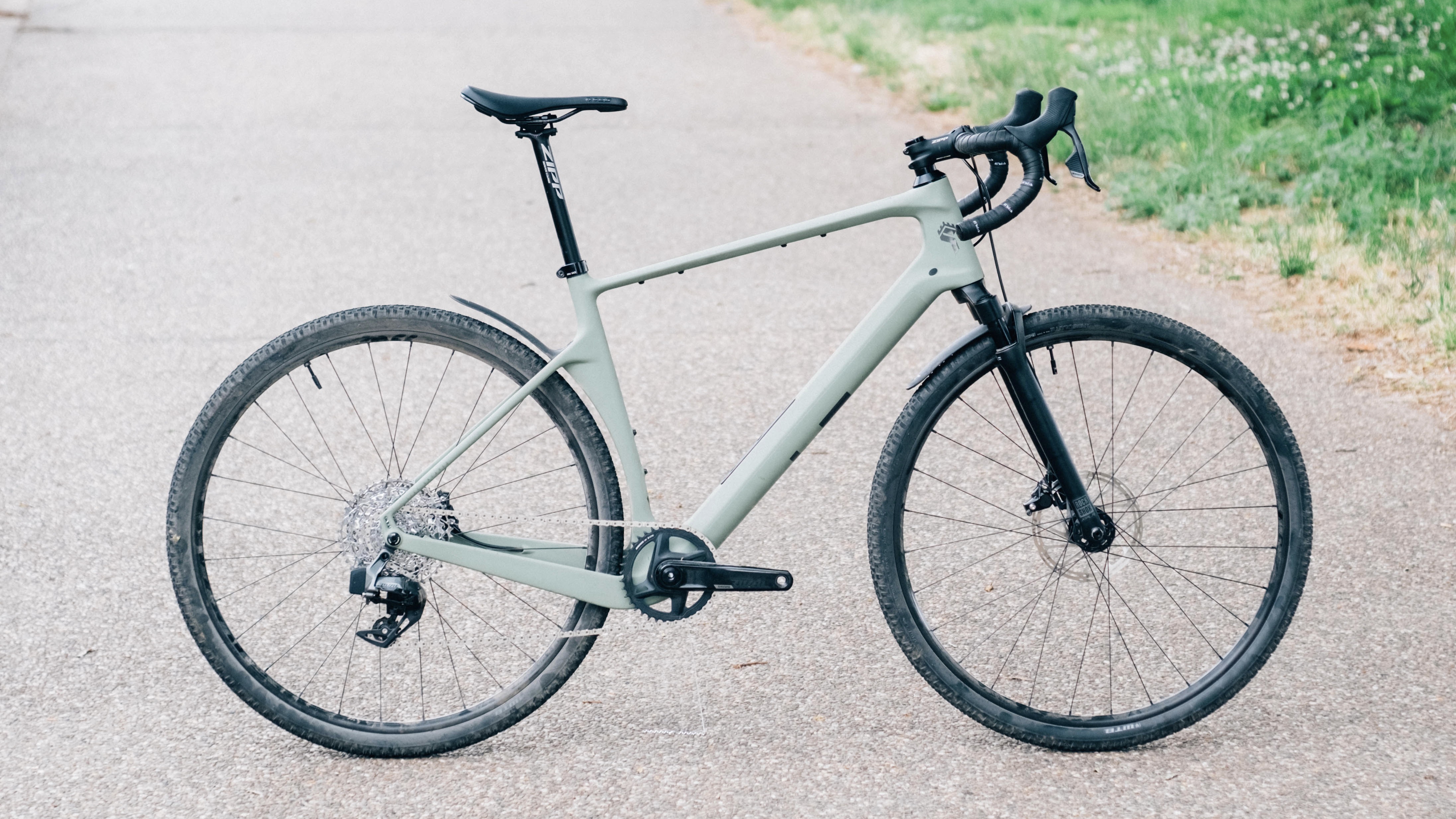
6. Would you be better off with a mountain bike?
One question, more than any other, kept arising on every single test loop… “Would this be better if we were just on mountain bikes?”. Considering we are a road and gravel outlet, we very frequently agreed that yes, we’d rather be on a fast, light cross-country bike.
The crux of the matter is this, and this may be because of the slightly more techy, MTB-adjacent nature of British gravel, but if the best part of a gravel ride for you is the gravel, then you will probably have more fun on those bits with a mountain bike. You will concurrently find the bits getting to the gravel secteurs more of a drudgery, but if you want to maximise your enjoyment off-road then getting a bike specifically designed solely for off-road use should at least be a consideration. It’s less compromised, and is the logical conclusion of point number two on this list; an MTB is about as extreme as a gravel bike can get and therefore will be more fun because of it.
If average speeds are more your thing over long rides with varying surfaces then this isn’t going to float your boat, but then we’d encourage you to consider a gravel bike at the more racy end of the spectrum. Bigger compromises in smaller areas seems to be the winning formula.

Will joined the Cyclingnews team as a reviews writer in 2022, having previously written for Cyclist, BikeRadar and Advntr. He’s tried his hand at most cycling disciplines, from the standard mix of road, gravel, and mountain bike, to the more unusual like bike polo and tracklocross. He’s made his own bike frames, covered tech news from the biggest races on the planet, and published countless premium galleries thanks to his excellent photographic eye. Also, given he doesn’t ever ride indoors he’s become a real expert on foul-weather riding gear. His collection of bikes is a real smorgasbord, with everything from vintage-style steel tourers through to superlight flat bar hill climb machines.